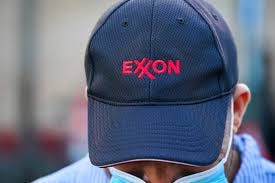 Yahoo! Finance
Yahoo! Finance
What the future holds for Exxon
“We are committed to playing a leading role in greenhouse gas reductions consistent with the goals of the Paris agreement...”
Thus spoke Exxon CEO Darren Woods at Exxon’s investor day this week. For most chief executives, supporting the Paris climate agreement at this point is a no-brainer. For the CEO of Exxon—a company that has spent untold millions over decades lobbying against climate change—to make that statement is nothing less than shocking.
Read more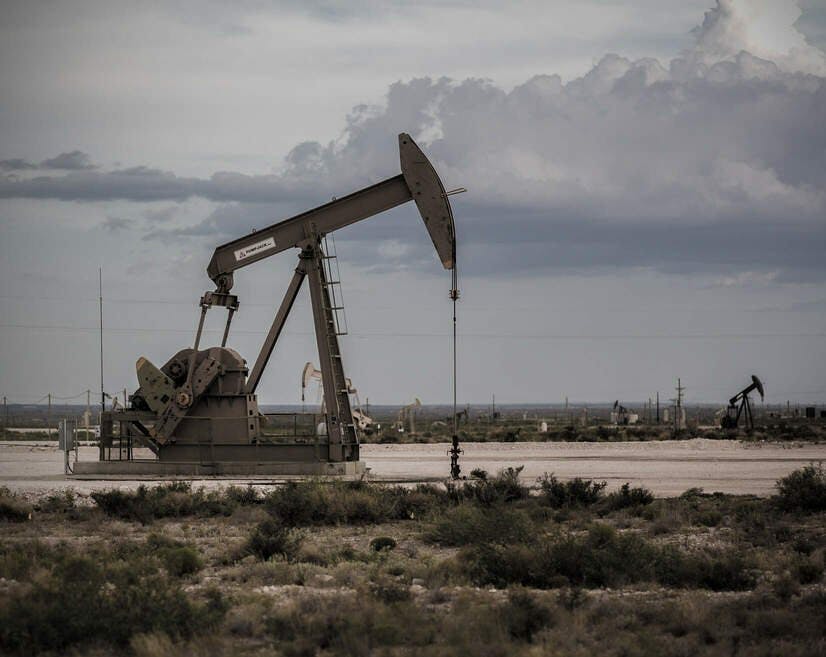 DeSmog Blog
DeSmog Blog
Some Fracking Companies Are Admitting Shale Was a Bad Bet — Others Are Not
Energy companies are increasingly having to face the unprofitable reality of fracking, and some executives are now starting to admit that publicly. But the question is whether the industry will listen — or continue to gamble with shale gas and oil.
In February, Equinor CEO Anders Opedal had a brutally honest assessment of the Norwegian energy company’s foray into U.S. shale. “We should not have made these investments,” Opedal told Bloomberg. After losing billions of dollars, Equinor announced last month that it’s cutting its losses and walking away from its major shale investments in the Bakken region of North Dakota.
Read more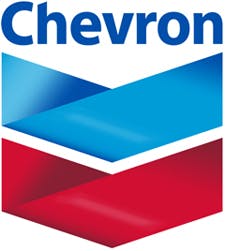 Business Wire
Business Wire
Chevron Announces Agreement to Acquire Noble Midstream Partners
Chevron Corporation and Noble Midstream Partners, LP announced today that they have entered into a definitive agreement for Chevron to acquire all (33.925 million) of the publicly held common units representing the limited partner interests in Noble Midstream, not already owned by Chevron and its affiliates (the “Common Units”), in an all-stock transaction whereby each outstanding unit holder of Noble Midstream would receive 0.1393 of a share of common stock of Chevron in exchange for each Common Unit owned.
Read more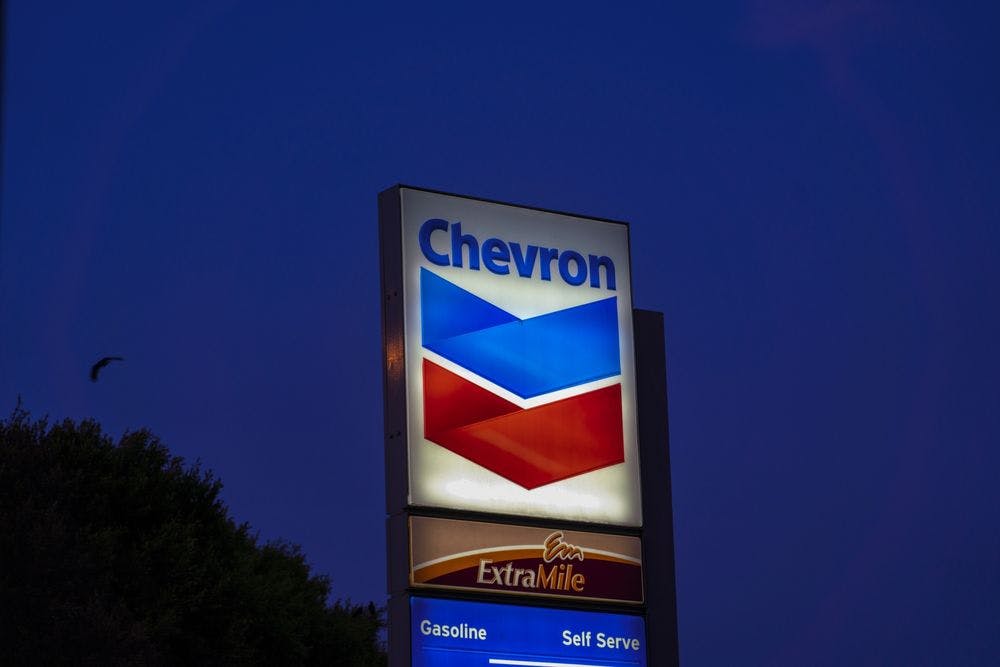 Bloomberg
Bloomberg
Chevron Revives Million-Barrel Permian Target After Cuts
Chevron Corp. revived aspirations to pump 1 million barrels a day in the Permian Basin after drastic budget and job cuts trimmed operating costs.
Chevron plans to ramp up investment in North America’s biggest oil field through 2025, reversing the pandemic-driven production decline, the company said in an investor presentation Tuesday. Chief Executive Officer Mike Wirth surprised investors by restoring the million-barrel Permian target only a year after it disappeared from the company’s guidance as Covid-19 crashed energy markets.
Read more Barron's
Barron's
Oil and Gas Investors Need to Start Asking Tough Questions
The Saudi oil minister who is said to have masterminded the oil crisis of 1973 died last week. His passing may also mark the ending of the era of the oil boom.
While the price of oil is now back to pre-lockdown levels, last month Standard & Poor’s put 13 oil companies on downgrade watch, citing profitability concerns to the oil and gas industry, in part driven by the green energy push. It comes on the heels of 46 bankruptcies in 2020, including the multi-billion dollar failures of Chesapeake Energy, Ultra Petroleum, and Unit Corporation.
Read more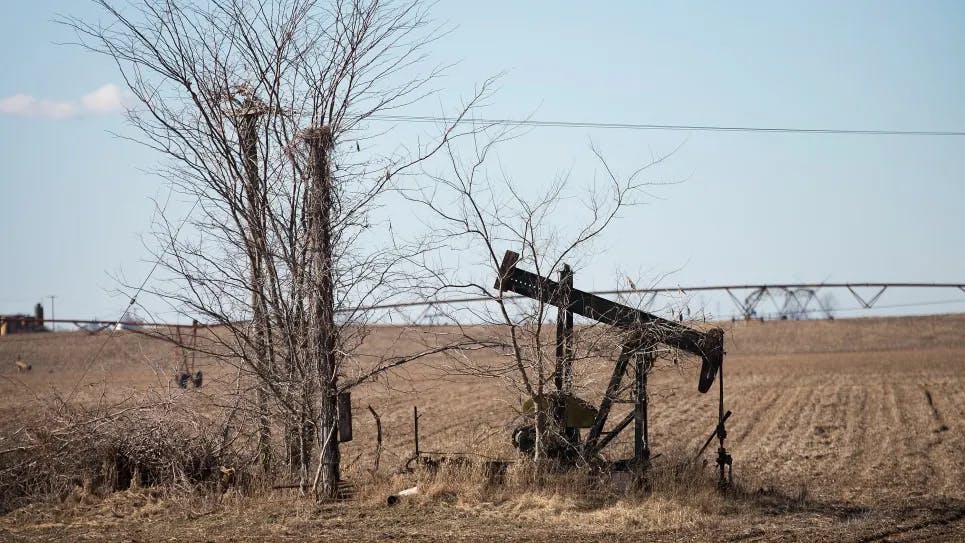 Earther
Earther
The $21 Billion Reason to Clean Up Abandoned Oil Wells
A study published Monday in Nature Sustainability calculates that abandoned oil and gas wells cover more than 2 million acres of the U.S. And if that land is restored, it could deliver billions of dollars in benefit for a fraction of the cost of restoration.
There are an astronomical number of abandoned oil and gas wells across the U.S., with some estimates reaching as high as 3.2 million sites. Usually, fossil fuel companies set up bonds to provide for future remediation of wells, but as the industry flags, that money tends to dry up, leading to some companies to simply abandon their wells. A Los Angeles Times investigation last year found that while the cost of plugging one of the state’s 35,000 wells could rise as high as $150,000, oil companies in the state provided just $230 per well for cleanup costs on average.
Read more